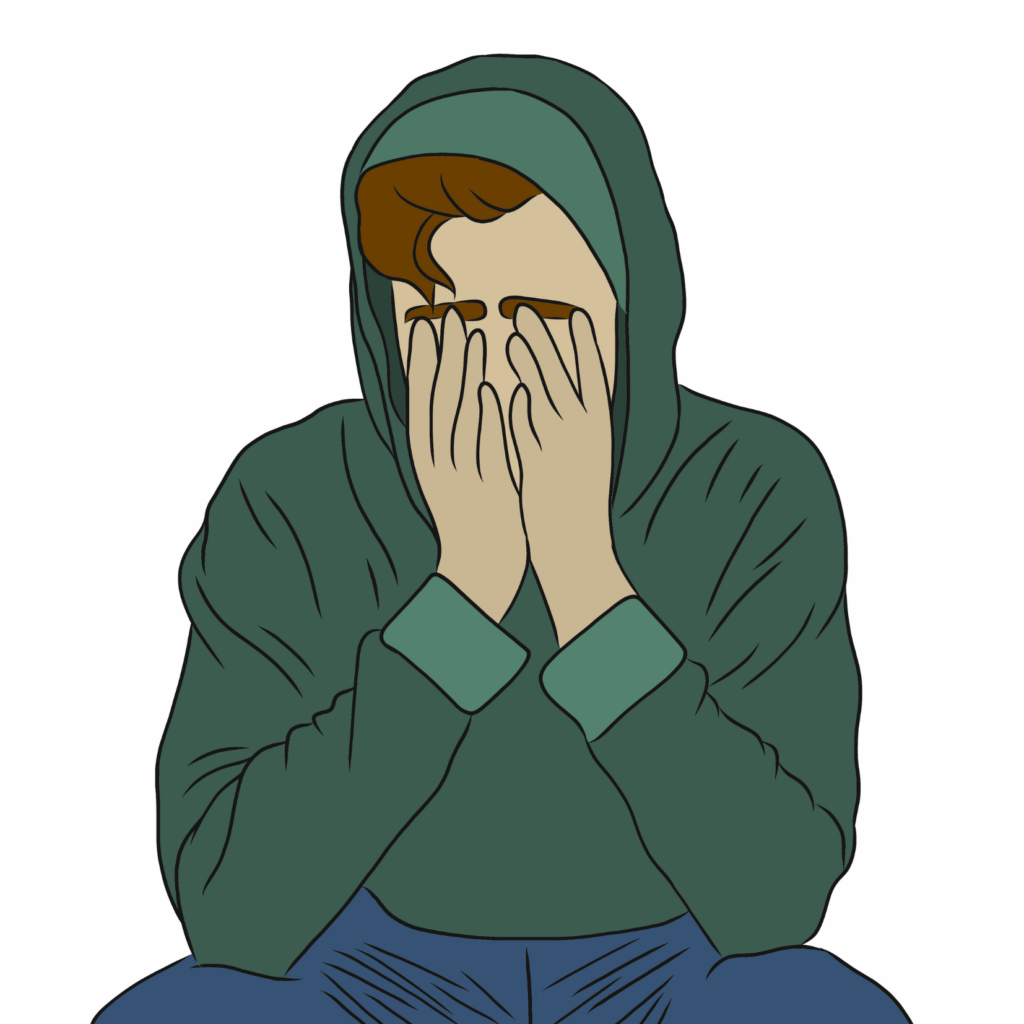Pain catastrophizing and Recovery from Chronic Pain
Pain Catastrophizing behavior:
Catastrophizing of pain is a negative thought process, a feeling of complete denial of recovery where the individual begins to live life with pain. It has resulted in restricted social participation, reduced pace of work and activities of daily living as a result of a constant fear of motion. A feeling of continuous stress of not being able to carry out an activity without pain often results in anxiety and in some cases a state of depression as well when pain ultimately causes disability.
Pain perception is one of the most important aspects of investigation and diagnosis of chronic pain. Fear-avoidance and catastrophization shapes the cognitive response to persistent pain. These responses are often emotional and behavioral outcomes that have been largely affecting the recovery rate.

The fear-avoidance model:
Avoidance is a human way of escaping danger. However, we are unaware of the fact that it is even more dangerous to avoid an activity in fear of getting hurt. Avoiding the use of the body part causing pain perpetuates the abnormal pain behavior resulting in a long term disability even in the absence of an underlying pathological cause.
The fear-avoidance model by J.W. Vlaeyen and S.J. Linton, 2000 describes the consequences of pain-related fear and pathway of recovery.
Movement related fear of pain after injury causes disuse and at last disability on catastrophizing for a prolonged period of time. What becomes more dangerous than the injury itself is the exaggeration of its effects and pessimism to recover from the injury. A negative thought process by an injured individual about what has happened and prediction of false future consequences out of fear can drastically increase the intensity and frequency of an acute pain and might not take a long time in converting the acute pain into persistent and finally chronic pain.
At the stage of chronic pain, the injury is often healed but the fear persists.
The fear of pain often results in reduced work capacity, increased absenteeism, low social interaction, reduced productivity etc. in many cases it has also resulted in negative body image and overthinking affecting interpersonal relationships along with work.
A negative perception of pain is often related to past experiences of pain, traditional and cultural influences and trial and error. Understanding of pain from such perspectives often gives a false belief to the individuals dealing with pain creating a cycle of negative thought process, catastrophization, fear-avoidance behavior, diause and disability.
Risk factors associated with chronic pain:
There are several individual, physical and psychological risk factors that are associated with the development of chronic pain. These factors are often not addressed as when the biomedical model of investigation and management is used. Adaptation of the biopsychosocial model of pain on the other hand has shown to increase early detection of factors causing pain and elimination of such factors. Psychological and social risk factors have often played a larger role in chronic pain investigation and treatment. For example, the work environment, work load, interpersonal relationships, social support and interaction. Understanding of the risk factors often paves the way for better recovery in such cases due to identification of the exact cause of pain. However, the method is still not used widely.
The waves of behavioral therapies to combat chronic pain:
The first wave of behavioral and cognitive therapy was the Traditional behavior therapy, which aimed at replacing harmful behavior with constructive ones through conditioning.
The second wave focused on thought changing concepts in which the negative pain related thoughts were discouraged.
The third wave is about behaviorism, spirituality, mindfulness, centering, dialectics and relationship building.
The waves of behavioral and cognitive therapies preferred over time gives us an idea about how pain has been perceived at different points in time by analyzing the approaches used to treat pain related behavior. Adaptation of cognitive and behavioral approaches for recovering from chronic pain needs more attention and modifications. The primary aim of treating chronic pain must be identification of the predisposing risk factors followed by planning a goal-oriented management approach highlighting the emotional and psychosocial aspects. A positive thinking about recovery from pain has resulted in increased rate and early recovery. Breaking of the fear-avoidance cycle is an important aspect of chronic pain management which incorporates a major role of pain education on the basis of evidence based practice.
Thank you.
Dr. Jasrah Javed (PT)
Musculoskeletal and Sports Physiotherapist, Author

Very good post. I absolutely appreciate this website. Stick with it!